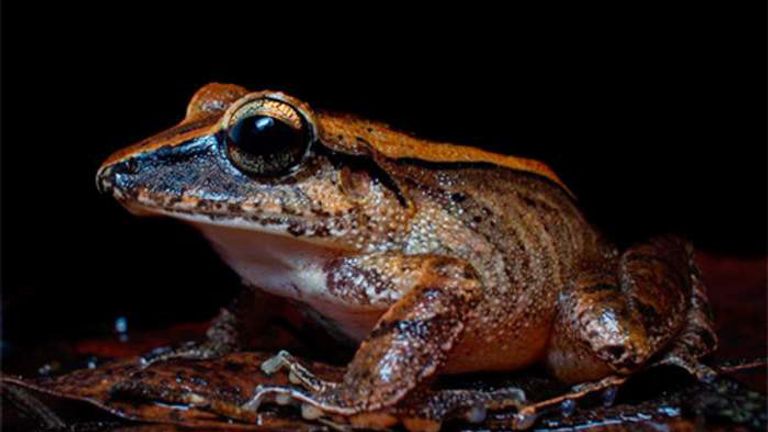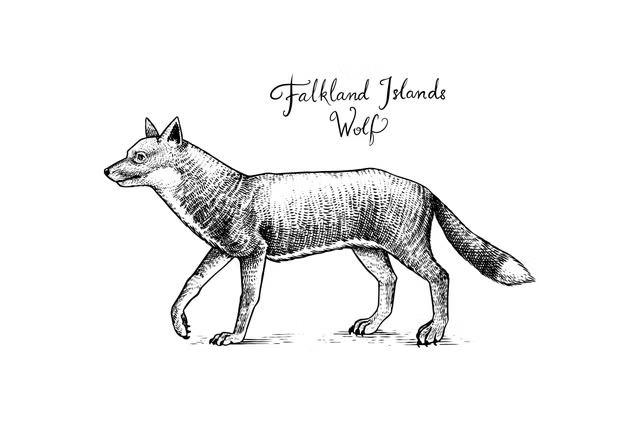Birds of prey across the United States have been found to be contaminated with harmful flame retardants.
The research published in Environmental Science & Technology found that these harmful chemicals—which are being phased out—have ended up inside peregrine flacons, a species dwelling in the U.S. mountain ranges, valleys, and coastlines.
Flame retardants are used on furniture and other everyday items to stop the spread of fire. They are comprised of chemicals that have been linked to negative environmental effects when they migrate out of the products and into wildlife.
"Our results expose the long-term consequences of adding flame retardants to consumer products," lead author Da Chen, a scientist at Jinan University, said in a statement. "As globally distributed apex predators, the peregrine falcon is the ideal canary in the coal mine for monitoring flame retardant pollution in the environment. Flame retardants phased out a decade ago are still accumulating in these birds and into their eggs, which indicates that the threats of these chemicals to wildlife and people can far outlast their production."
To reach their findings, researchers examined the concentrations of flame retardants in bird eggs gathered across various habitats in New Jersey, California, Chesapeake Bay, Pennsylvania, and areas of Canada between 1984 and 2016.
The most common flame retardant found in the eggs was polybrominated diphenyl ethers (PBDEs).
The production of this type of flame retardant drastically declined in the U.S. from the end of 2004 to 2013, in a bid to phase them out. However, concentrations of PBDE did not decline in the falcon eggs.
Another flame retardant found was hexabromocyclododecane (HBCDD), which had also been eradicated from the market. However, it was still found in most eggs studied. According to the study, the concentrations of this flame retardant also did not decline.
Despite being phased out of the market, these chemicals can still be released into the environment from old products covered in the retardant, meaning they are built up in marine and terrestrial food chains, the study reported.
This is why apex predators, such as peregrine falcons, end up with a lot of the chemicals in their system. The chemicals settle in their tissues and, subsequently, their eggs.
Although scientists already knew that birds of prey were more at risk from gathering flame retardants in their system, this is the largest study focusing on this species.
Other animals, including orcas, red pandas, and chimpanzees, are affected by flame retardants. Previous studies have found that a high concentration of flame retardants in wildlife can weaken the immune system and lead to lower survival rates for young. There is also evidence to suggest that it can cause cancer.
Disclaimer: The copyright of this article belongs to the original author. Reposting this article is solely for the purpose of information dissemination and does not constitute any investment advice. If there is any infringement, please contact us immediately. We will make corrections or deletions as necessary. Thank you.



